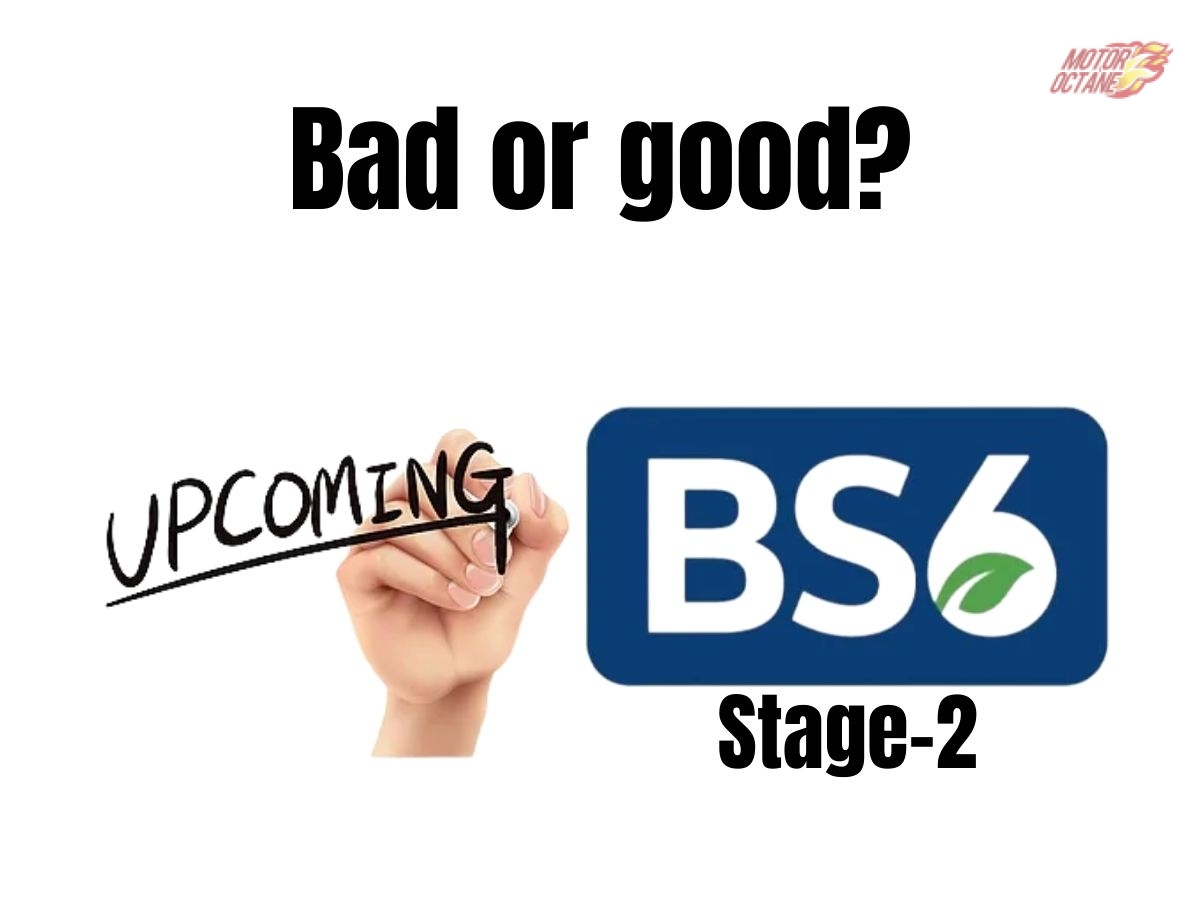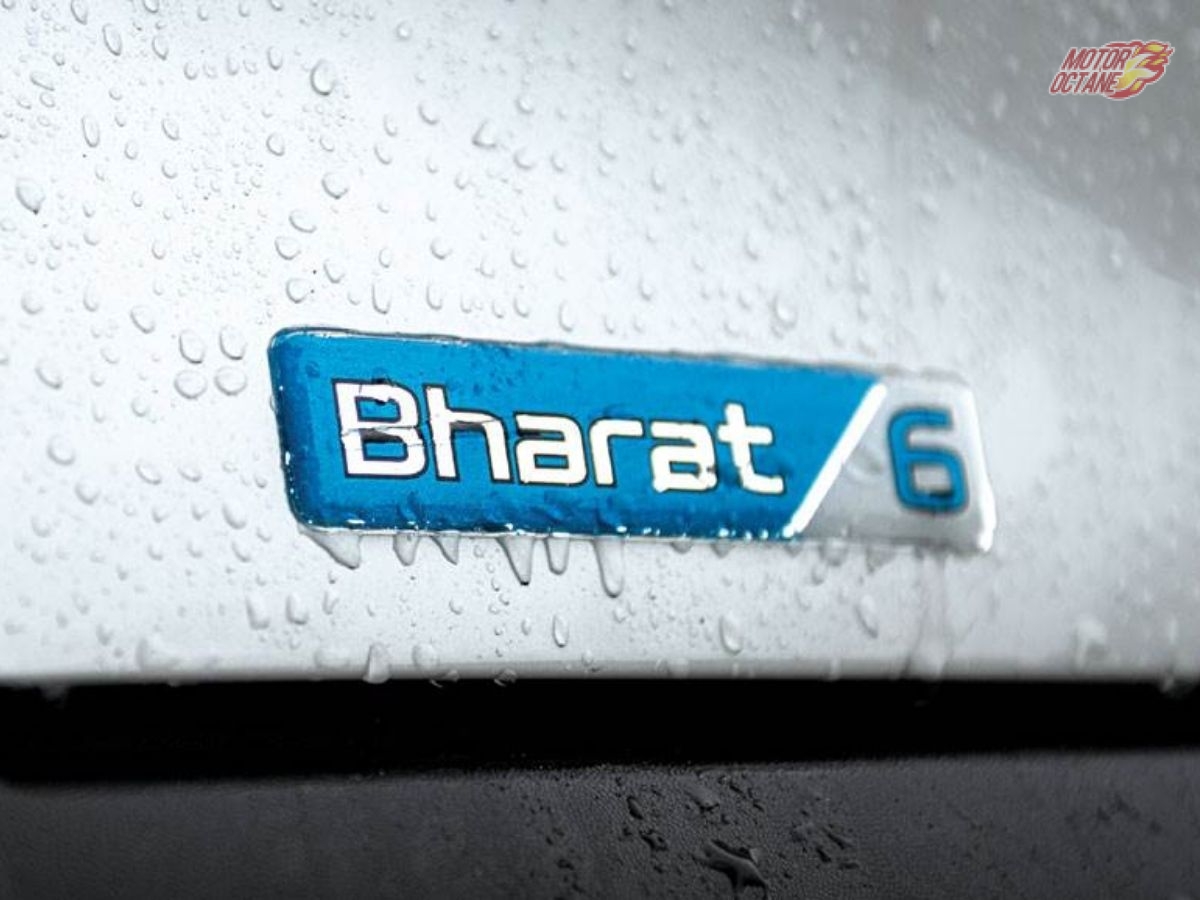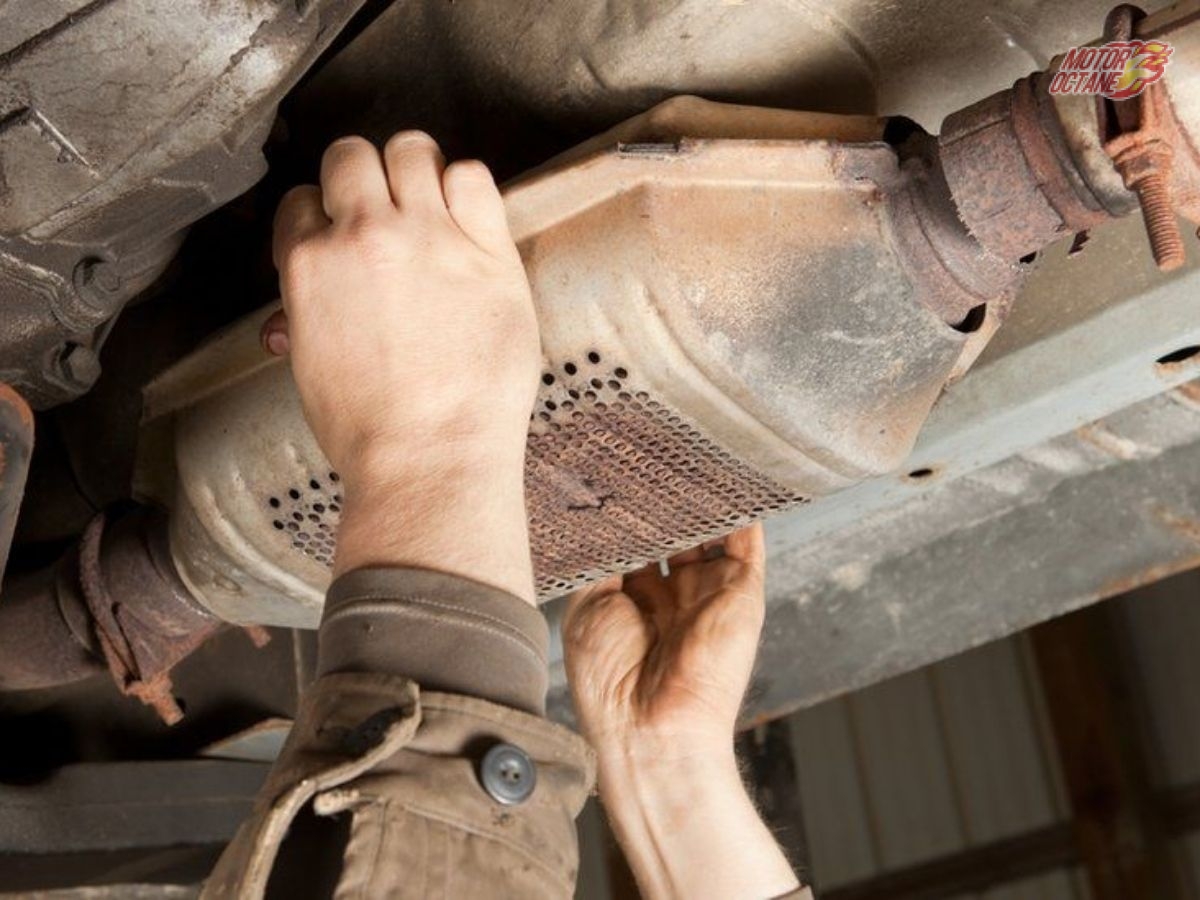What does BS6 Stage 2 mean for you?

Safeguarding the environment has become a task for governments all around the world. The auto industry is also facing its consequences as it is regarded as a major contributor to air pollution. Manufacturers and governments are working on ways to make pollution from cars as clean as possible. India follows the Bharat Stage Emission Standard, which is based on the European emission standards used in European countries. The Indian auto sector made its hard transition into BS6 norms in April 2020. The next round of emission regulations will kick off in April 2022 with the Corporate Average Fuel Economy (CAFE 2). This will be followed by the second phase of BS6 (stage 2). In today’s article, we will discuss what the BS 6 stage will mean for you.
What are the CAFE norms?
The Corporate Average Fuel Economy (CAFE) norms aim at lowering the fuel consumption of vehicles by reducing their CO2 emissions. They were introduced in 2107 and apply to all petrol, diesel, and CNG powered cars. The corporate average here refers to the sales-volume weighted average of every auto manufacturer. As per the current CAFE norms, the average corporate CO2 emission must be less than 130gm/km. As per CAFE 2 norms, the average corporate CO2 emissions should be less than 113gm/km. The primary difference between BS6 and CAFE norms is that, BS6 norms focus on reducing harmful exhaust gases, while CAFE norms solely focus on CO2 emissions.
What is BS6 stage 2?

In India, the fourth iteration of Bharat Stage (BS4) had a delayed launch in 2017. To counter this, the government skipped the BS5 norms and directly jumped to the BS6 norms. Considering the technicalities involved the government divided the BS6 into two stages: stage one, which was implemented in April 2020 and stage two, which will be implemented in April 2023.
What will be the changes?

With the implementation of the second stage of BS6, vehicles will need to meet the actual driving emission norms and not be limited to only tests in laboratories. All vehicles will have an OBD2 (on-board diagnostics) standard. The OBD is an advanced electronic device that checks for any malfunction in the vehicle. It will be programmed in a way to monitor the Catalytic converter, oxygen sensors and engine misfire. In short, emission monitoring will be even more stringent than any BSES norms.
The norms main target is to make improvements in emission control and fuel efficiency. Cars will have more sensors monitoring various parameters such as throttle and crankshaft position, air intake pressure and temperature and content of the emissions from the exhaust. The focus of BS-VI stage 2 seems to be more on increasing fuel efficiency which will, in turn, reduce emissions as well.
Effect on customers?

The auto industry is collectively spending a lot of time and effort on developing the programmed fuel injection for the CAFE norms and BS6 stage 2. Development of the technology plus the additional hardware and software will add to the manufacturing cost. This increase in manufacturing costs will also increase the cost of acquisition for customers. In simple terms, BS6 stage 2 will increase the ex-showroom cost of all automobiles. On the positive side, this change will help reduce emissions, lowering pollution.
If you have car buying doubts click here to ask! Get the lowest price for car insurance here. For more such content stay subscribed to MotorOctane Youtube, Google News Facebook, and Twitter. Also, follow us on Flipboard and Reddit where we have a discussion community.

Nice article on BS6-ph2. Is this applicable to hybrid cars like Toyota Hybrid also? Since this car still coming in phase 1 norms and no plans to switch to phase2.
Please enlighten. Since I have booked this car and likely to get delivery in March 23.